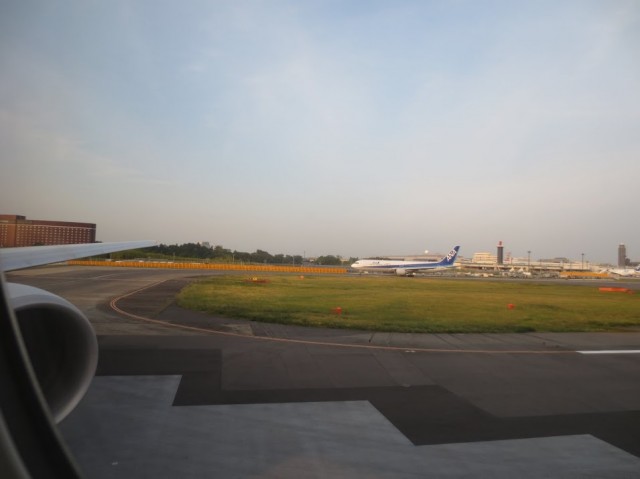
Saying good bye Narita.
This is the final installment of a multi-part series covering my trip from Seattle to San Jose to Narita to Hong Kong and back as an ANA Ambassador. My flight was provided by ANA, but all opinions are my own. Part1: San Jose to Tokyo on the 787 Dreamliner – Part2: Connecting in Tokyo’s Narita Airport – Part3: Tokyo to Hong Kong & Back Again – Part4: A Helicopter Flightseeing Tour of Hong Kong – Part 5: Two AvGeeks Visit Hong Kong.
After another short connection in Narita (made shorter by hunting for Japanese Kit Kats), I was heading home to Seattle onboard an ANA Boeing 777-300ER. This route originated last year on July 25th, and on the 1st of October it changed over to a 787 until the grounding. On the 1st of June, the same day we flew out of San Jose, the route resumed with the 777-300ER. What it meant for me was a nine hour flight home, with the gentle strum of GE-90s.
ANA operates their older model-777s on this route, so unfortunately there was no ’œInspiration of Japan’ service. Sold as a 2-class flight but operated by a 3-class aircraft, ANA reserves the first class seats for their top-tier frequent fliers. How do I know? I tried to get into those seats after picking it on the seat map. I failed, but it was worth a try, right?
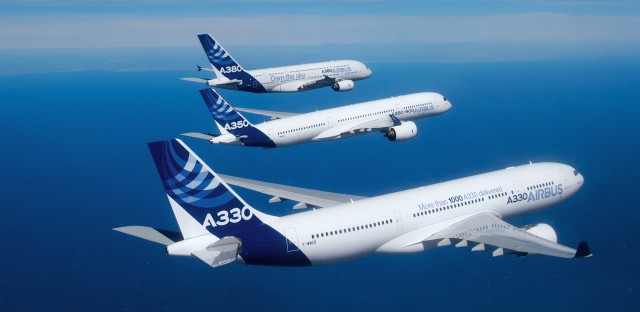
The A380, A350 and A330 fly in formation. Image from Airbus
Yea. We are going to have to say that these photos are pretty darn rad. They show the Airbus A350, A380 and A330 test aircraft flying in formation after taking off from Toulouse earlier in the day. Do we even need to write any more words? Oh right. Make sure you check out the second photo…
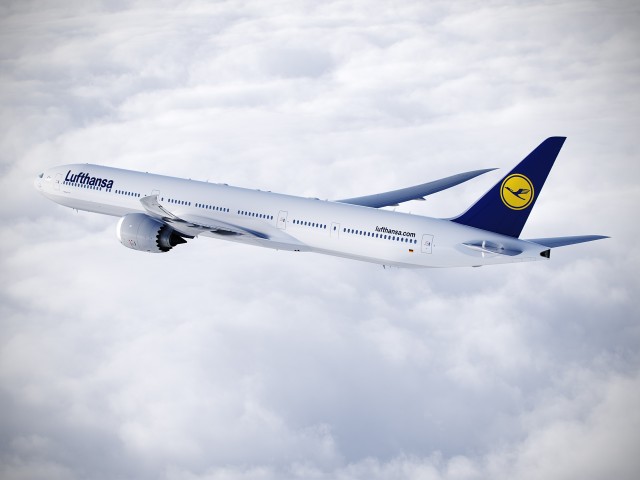
Composite image of a Lufthansa Boeing 777-9X – Image: Lufthansa
Today, Lufthansa Airlines announced a major long-haul order split between the Airbus A350-900 and the Boeing 777-9X. The airline stated it would be adding at least 24 777-9X and 25 of the Airbus A350-900 to their fleet starting as early as 2016. The order is worth about $19 billion USD at list prices, although it is very likely that the airline received a substantial discount from both manufacturers.
Of course, the most interesting part of this order is the fact that Boeing has not officially launched the 777-9X.
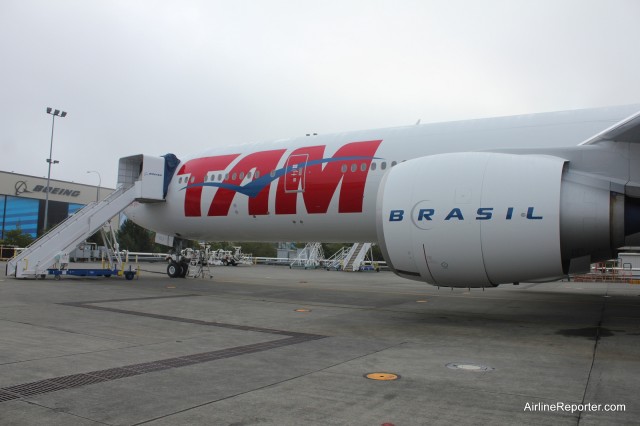
Time to take a VIP tour of one of TAM’s Boeing 777-300ERs at Paine Field. Photo: David Parker Brown
Recently, I was invited to take a special tour of one of TAM Airlines’ brand-spanking new Boeing 777s that was parked at Paine Field. The plane was so new that Boeing was still prepping it for delivery. How could I refuse?
The aircraft I toured (PT-MUJ) and was TAM’s fourth 777-300ER, which was delivered on August 29th, 2013. The airline has ordered a total of nine of the type.
The 777 is the first aircraft that TAM has equipped with their new First Class product, and I was excited to check it out.
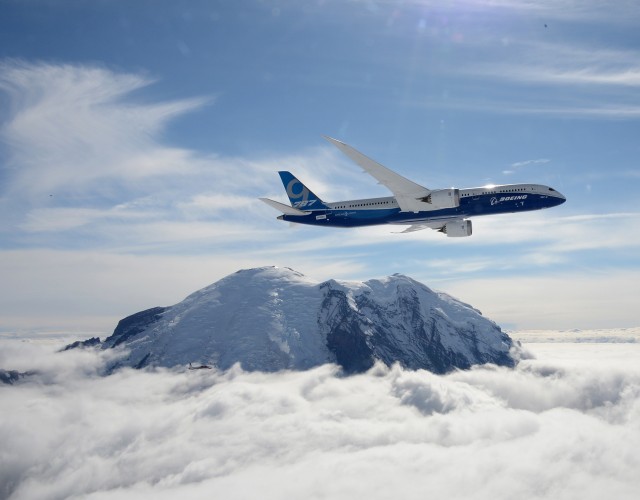
Boeing shared this photo of the 787-9 flying over Mt. Rainier.
Here is a photo of the Boeing 787-9 Dreamliner flying over Mount Rainier during its first flight earlier today. Nuff said.
SEE MORE PHOTOS OF THE 787-9 FIRST FLIGHT




